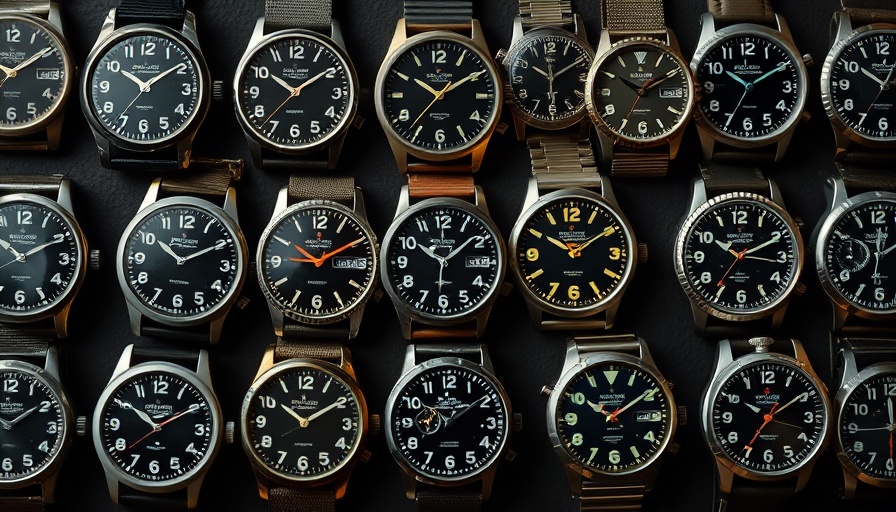
Understanding the Enneagram and Its Impact on Athletic Drive
The Enneagram is an insightful personality typing system that categorizes individuals into nine distinct types. Each type has unique traits, emotional triggers, and motivational styles that can significantly influence athletic performance and training preferences. Understanding your Enneagram type can empower you to tailor your fitness journey, making it more aligned with your natural inclinations and psychological makeup.
The Nine Enneagram Types and Their Athletic Styles
Here’s a quick overview of how each Enneagram type typically finds motivation in athletic settings:
- Type 1 - The Reformer: Driven by perfection, Type 1s thrive in structured environments. They often excel in disciplined workouts like yoga or Pilates, where precision and form matter.
- Type 2 - The Helper: With a focus on relationships, Type 2s enjoy group classes or team sports. Their motivation stems from connecting with others while achieving personal fitness goals.
- Type 3 - The Achiever: Goal-oriented and competitive, Type 3s gravitate toward high-intensity sports or activities that offer clear achievement markers, such as running marathons or CrossFit.
- Type 4 - The Individualist: Creative and unique, Type 4s prefer unconventional workouts that allow self-expression, like dance fitness or martial arts.
- Type 5 - The Investigator: Eager to learn and often introverted, Type 5s might excel in solo activities that enhance their understanding, such as hiking or biking.
- Type 6 - The Loyalist: Valuing security, Type 6s benefit from structured workout plans and may thrive in classes led by trusted instructors.
- Type 7 - The Enthusiast: Fun-loving and adventurous, Type 7s seek out diverse workouts, from dance offs to extreme sports.
- Type 8 - The Challenger: With a strong desire for control, Type 8s often lean towards high-energy sports that incorporate power and strength, like powerlifting or wrestling.
- Type 9 - The Peacemaker: Those of this type appreciate gentle and less competitive activities, favoring yoga, walking, or swimming for maintaining balance.
Connecting Personality to Performance: Why It Matters
Identifying your Enneagram type not only helps tailor your workouts but also enhances your mental wellness. Consistency in exercise is essential for health and wellness, and finding the activities that resonate with your personality increases the likelihood that you will stick with them. When workouts align with one’s identity, it fosters a positive association with physical activity and encourages the adoption of healthy habits for life.
The Importance of Mindfulness in Fitness
Mindfulness practices can further enhance the athletic experience. Incorporating mindfulness techniques, such as meditation before working out, can lead to improved focus and emotional health. As you connect with your body, you develop emotional intelligence and awareness, which profoundly impacts performance and recovery.
Integrating Wellness into Your Routine
The journey towards a healthy lifestyle plan is not solely about physical activity. Implementing balanced nutrition, hydration, and restorative practices is vital for holistic well-being. Engaging in mindful eating while enjoying healthy snacks ensures your body receives the nutrients it needs to perform optimally.
Temporary Setbacks and How to Bounce Back
All athletes, regardless of their type, experience ups and downs in motivation and performance. During challenging times, it’s essential to revisit your understanding of your Enneagram type. Acknowledge your weaknesses and embrace strategies suited to your personality—whether that’s seeking social support from Type 2s or allowing yourself to rest as a Type 9.
Challenges to Look Out For
Each Enneagram type also faces unique challenges. For instance, Type 3s may need to guard against burnout from overachievement, while Type 4s might struggle with feelings of inadequacy in competitive environments. Understanding these potential pitfalls is key to maintaining motivation and engagement in your fitness journey.
Next Steps: Explore Further!
To truly harness the power of Enneagram insights in your athletic pursuits, consider seeking out wellness coaching or even engaging with a community that resonates with your type. Surrounding yourself with like-minded individuals can bolster accountability and enhance motivation.
In conclusion, understanding your Enneagram type allows you to mold your fitness approach effectively. So, whether you’re looking to ramp up your workouts or simply explore new wellness habits, knowing yourself is a crucial first step. Embrace this journey to not only elevate your fitness but also your overall health and wellness.
 Add Row
Add Row  Add
Add 




Write A Comment